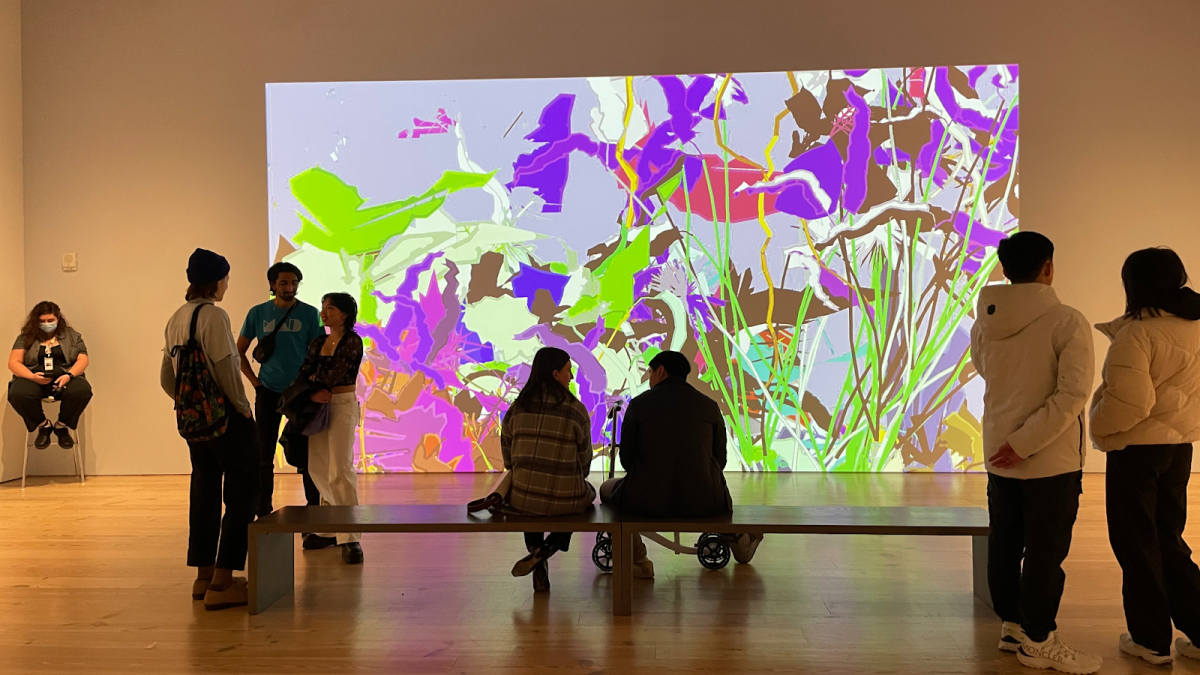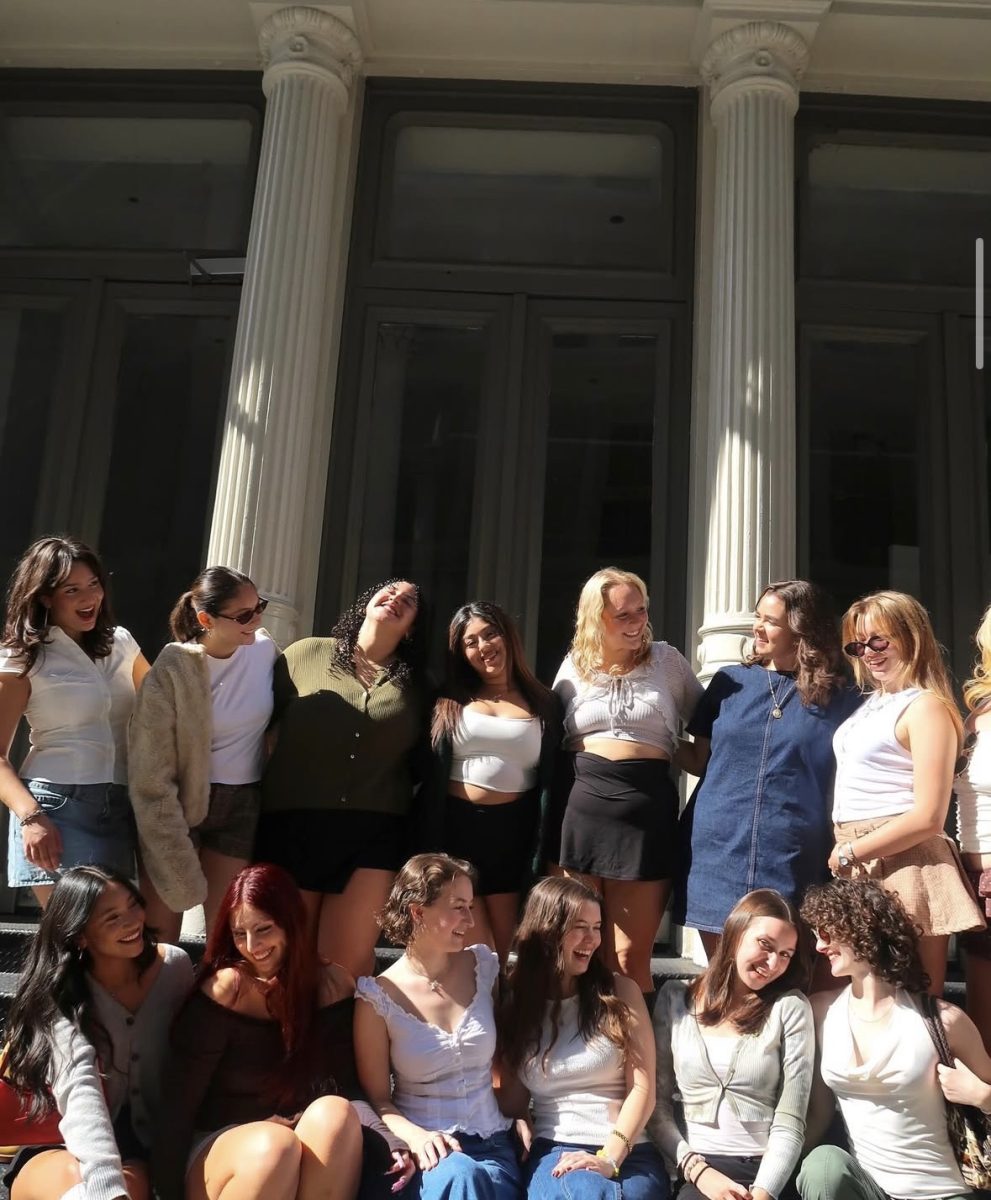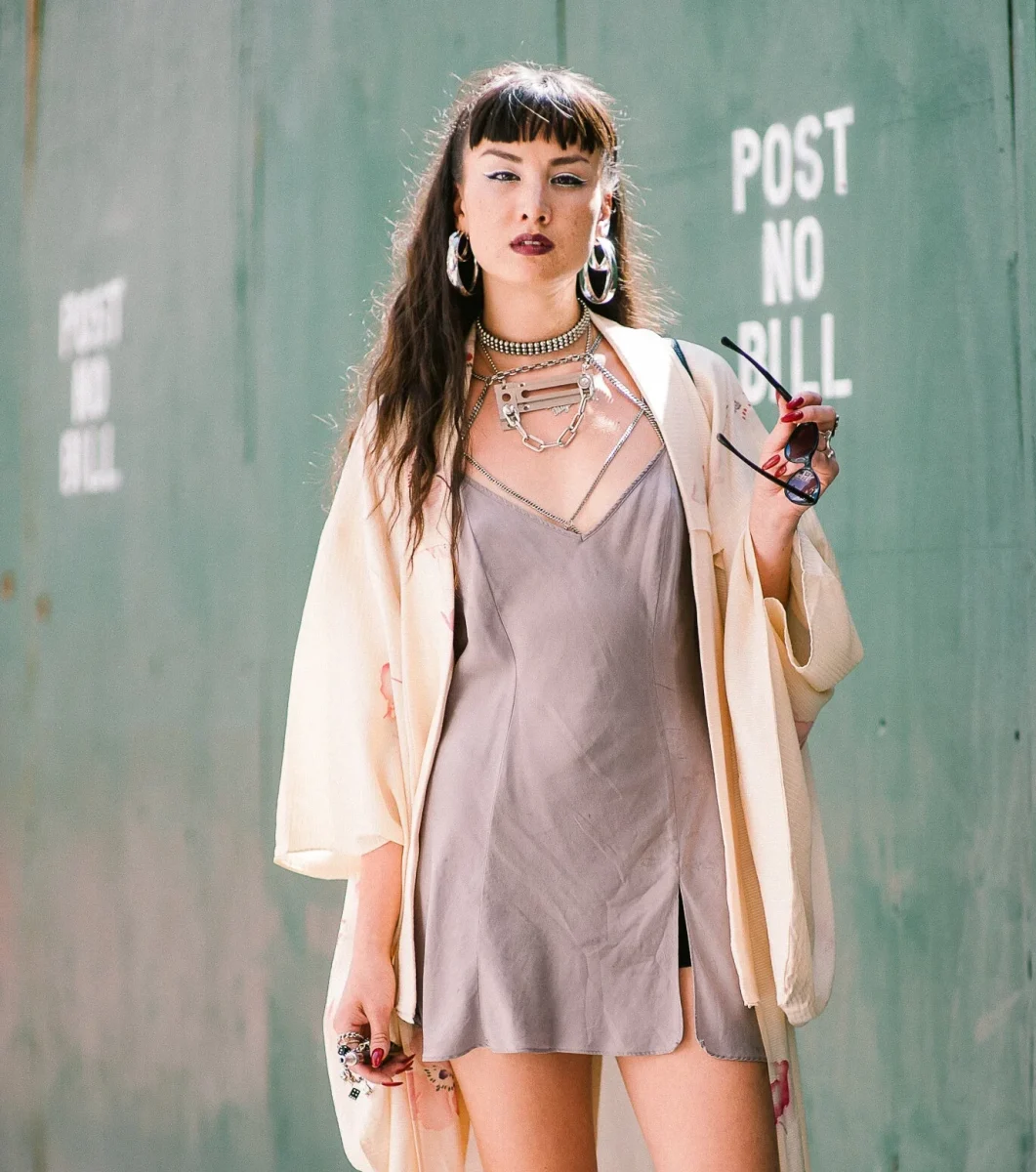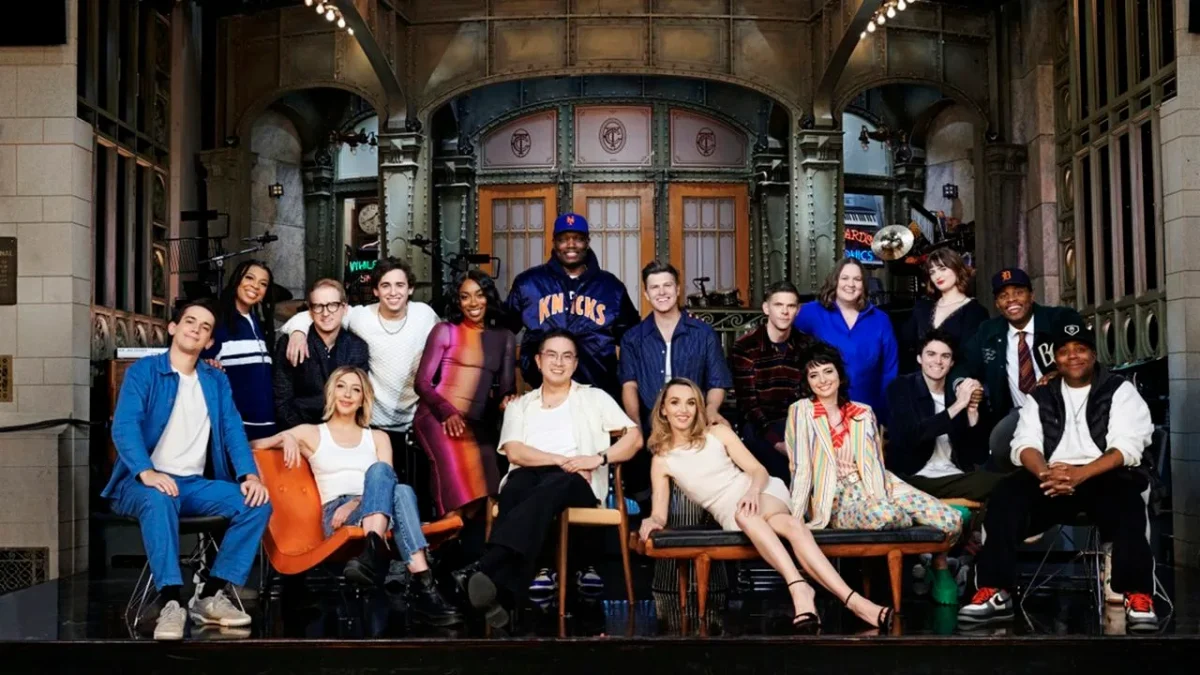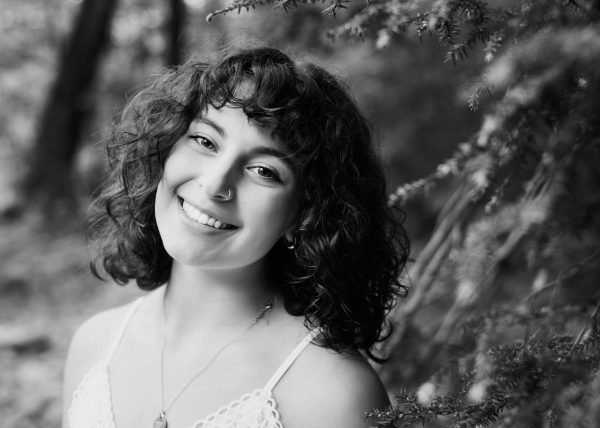Museums throughout New York City are breaking down boundaries and providing locals with access to art through their free and reduced entry programs.
The Metropolitan Museum of Art has one of the longest-standing pay-as-you-wish programs for residents, leading by example for the past 50 years of their reduced entry fee initiative. Other institutions, like the Whitney Museum of American Art, followed suit and established their own programs. The Whitney launched its “Free Friday Nights” and “Second Sundays” programs at the start of 2024 with the help of a three-year grant from the Art Bridges Foundation, according to a press release. This grant allows the institution to welcome community members free of charge several times a month. The museum hopes to inspire other organizations to do the same.
“By reducing barriers to access, we aim to empower our museum partners across the country to deepen connections with their local communities and pave the way for all to experience the transformative power of American art,” Art Bridges Foundation chair, Alice Walker, said.
As more museums shift toward reduced entry programs, the communities they are located in are also impacted.
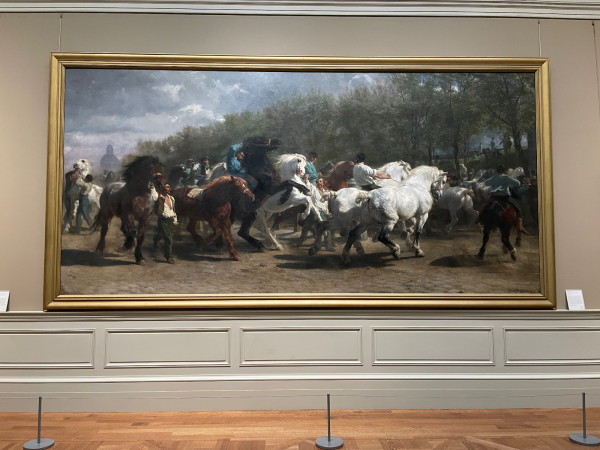
Dr. Emily Welty, head of the Peace and Justice Studies department at the University, said that art amplifies the connection within and between communities. “I think there is a lot of space in art around developing appreciation and language and fluency in backgrounds that are different from our own,” she said in an interview, “I feel strongly about that.”
Welty, who teaches a course called “The Artist as Activist, the Activist as Artist” at the University, argues that art is extremely important in personal development as well. “Many [students] have an abandoned artist inside,” she said.
But art’s impact goes deeper than just the classroom; it has the potential to affect social causes, according to Welty. “[How] is art useful in keeping a conversation going about something that is important, or [how is art] trying to do some light education?” Welty asked. “I don’t think art can go all the way with educating, but I think art can give the inspiration to get people to want to do something deeper.”
She also added that museums can, and should, be for everyone.
“If we want to make things more equitable, we really need to look at who is here and why, and not just come to conclusions about people who are not in this space already,” she said.
According to Welty, exclusive ideas about who deserves to be in these educational spaces need to be broken down. “[We can’t just assume] ‘I guess they don’t care about art.’ That is a real moment to think about programming and think about barriers to access,” she continued.
Klaudio Rodriguez, the executive director of the Bronx Museum, agrees. “We want to break the myth that museums are only for ‘certain’ kinds of people,” Rodriguez said in an interview with the New York Times. He expresses that the community owns museums. “[T]he museum immediately feels like it belongs to everyone who walks through its doors,” Rodriguez said.
The National Museum of the American Indian (NMAI) is yet another museum with free access for residents. The NMAI’s associate director for museum scholarship, exhibitions and public engagement David Penney argues that we need to provide citizens with accurate history from diverse backgrounds in addition to easy access.
“[It] is critical that the museum not only offers more accurate stories of the past but also shows how those histories impact contemporary life and Native people today,” Penney said in a press release.
These stories contribute to the institution’s mission of “[fostering] a richer shared human experience,” according to the press release.
However, programming isn’t the only area for improvement in museums, according to Dr. Welty. She said funding is crucial. “I think many more museums should be more well-funded and should be free; that requires a more vibrant appreciation of the arts that is also state-supported,” she stated, “I think that creating a culture very, very young about art appreciation, understanding that everybody is an artist and that the arts are for everybody, matters.”

